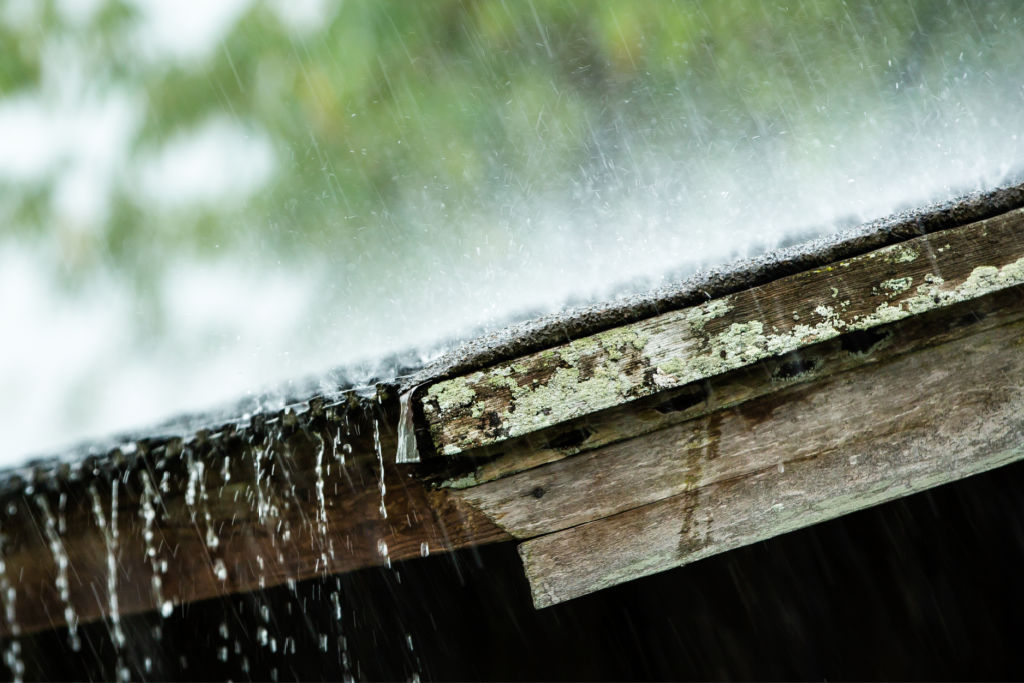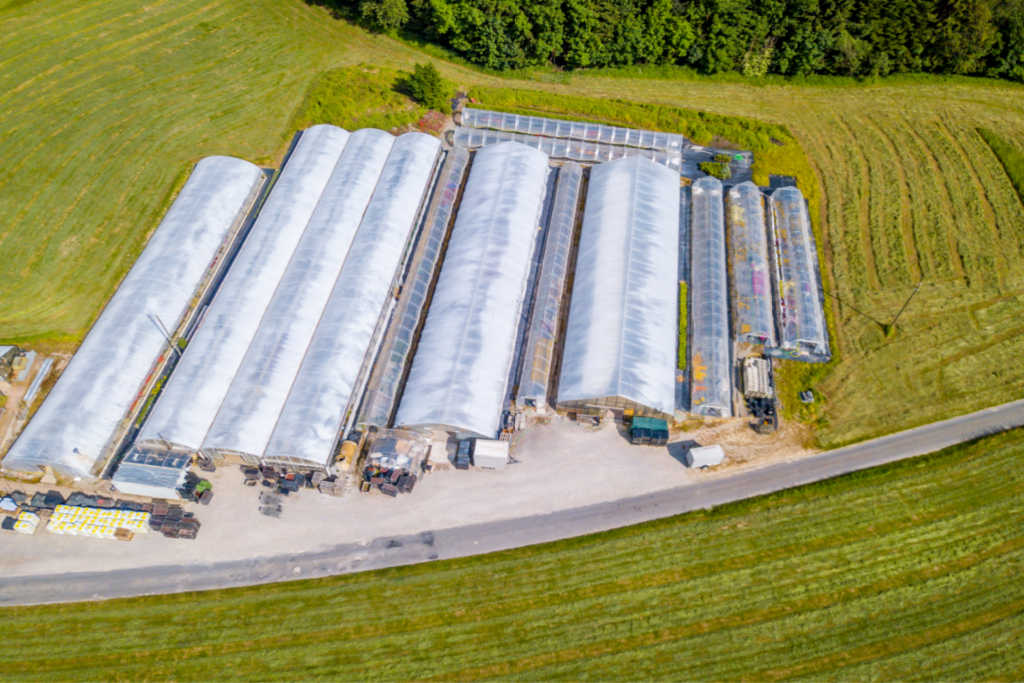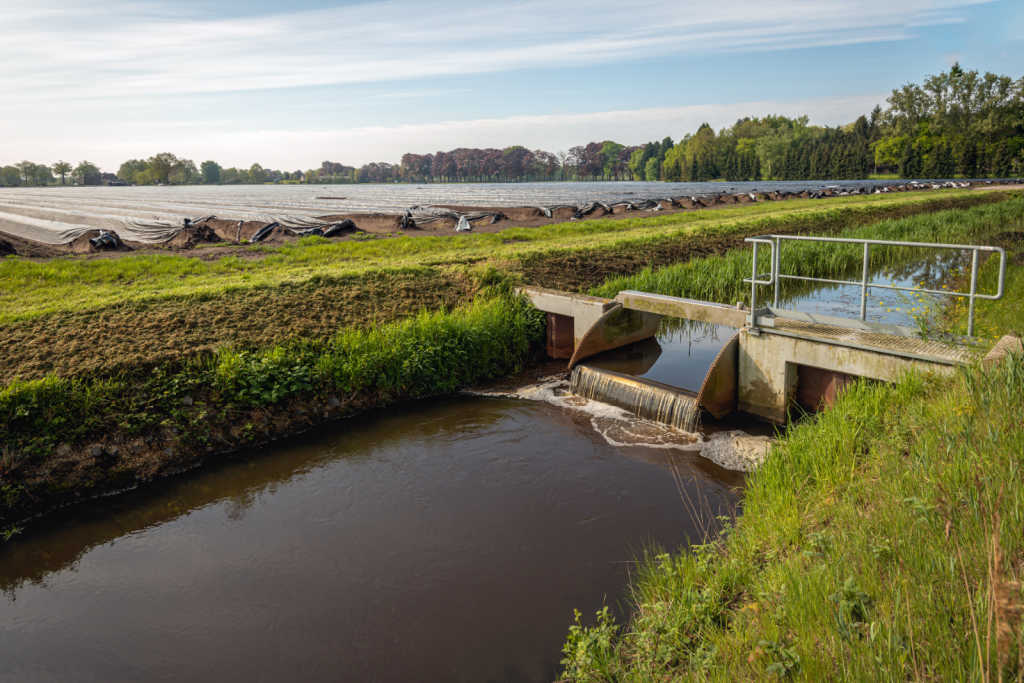Rainwater harvesting is an environmentally friendly way to collect rainwater and store it for future use. It collects rainwater that seeps down into the ground, replenishing the water tables. The rainwater collected by rainwater harvesting systems can be used for irrigation, landscaping, and more. It also helps restore groundwater resources.
Benefits of rainwater harvesting
Rainwater harvesting provides an environmentally friendly, cost-effective way to provide your household with clean water. It is free of toxins and minerals and is very suitable for a variety of uses, including washing, bathing, and cooking. Harvested rainwater is also an excellent source of irrigation. In addition, rainwater can also be used for household tasks such as washing cars or gardening. Its benefits are many and it is an excellent investment for your home.

Another benefit of rainwater harvesting is that it helps to protect our environment. Rainwater collection can help reduce soil erosion and flooding in urban areas. It also reduces flooding due to storms. Rainwater is naturally very clean, which is a bonus for those living in areas prone to flooding.
Cost
The cost of installing a rainwater harvesting system can vary greatly. The size of the system and the type of storage tank you choose can determine the cost. A small fibreglass tank may cost between $0.50 and $1.00 per gallon, while a welded steel tank can cost up to $4.00 per gallon. Larger tanks will generally cost less per gallon. In addition, installation can vary widely, as some tanks require more excavation and anchoring than others.

Depending on the type of system you choose, the cost of a rainwater harvesting system can range from a few hundred dollars to several thousand dollars. Installing a water tank will typically require new piping and guttering, and excavation outside the property. You will also need to install a water meter. Although the water meter installation is typically free, the costs of a water tank installation can be considerable, especially for a small household.
Installation
It is mandatory for buildings in Delhi to install rainwater harvesting systems. The Central Ground Water Authority (CGWA) has issued orders to promote and make the use of rainwater harvesting systems compulsory in the state. According to the order, RWH systems should be installed in buildings of 300 square metres and above, as well as schools and large campuses. Noncompliance will lead to legal action.

Installation of a rainwater harvesting system requires careful planning and design. Proper planning will prevent any problems during the installation process. Before starting the project, draw an overhead sketch of your property, including the dimensions of the roof and any other impermeable surfaces. This information will help determine the size of the catchment system that you will need.
Payback period
A rainwater harvesting system can reduce your potable water use during the dry season and help you avoid floods during heavy rainfall. This type of system can help you save money in energy costs, as well as reduce your carbon footprint. However, the payback period can be long. In fact, in some cases, it can take more than a decade to see any return on your investment.

Installing a rainwater harvesting system in your home or business is an investment that will pay for itself over time. Typically, it will cost between three and six cents per gallon, depending on the size of the system, the rainfall rate in your area, and the features you choose. If you are planning to use the water for domestic purposes, a small-sized rainwater tank can save you as much as 83.5% of your water needs.
Surface water collection vs. rainwater harvesting
If you are looking for a sustainable water supply source, there are several benefits of rainwater harvesting. For starters, rainwater is free of salt and other contaminants that pollute groundwater. It is highly beneficial for both domestic and agricultural use. In addition, rainwater harvesting decreases stormwater runoff into local sewer systems. It also helps protect freshwater bodies from pollution.

In rural areas, rainwater is the main source of drinking water. It is free from salts, minerals, and other pollutants. However, harvesting water in urban settings generally requires significant infrastructure. The simplest rainwater harvesting system involves using cisterns or tanks to collect runoff. This water can then be collected and used for daily needs.




